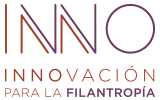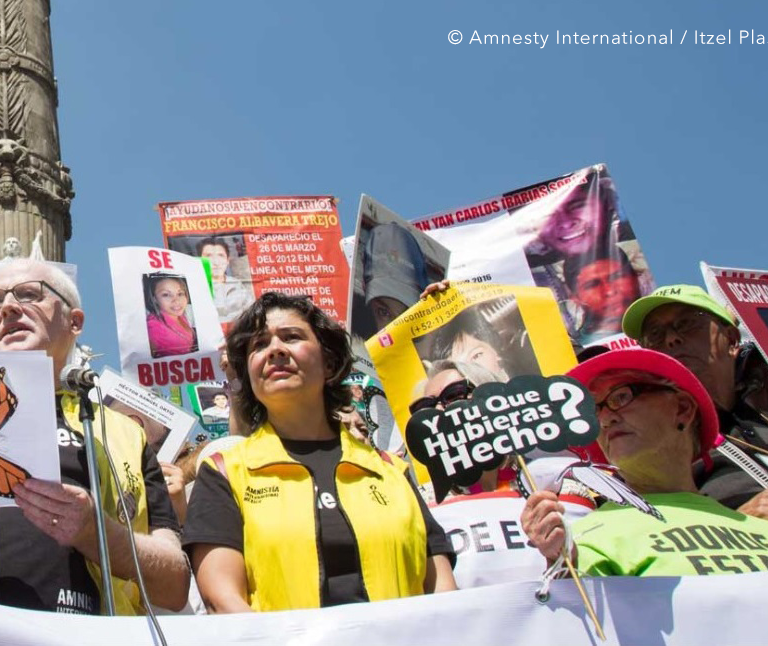Project-specific funding is still the norm in foundations’ grantmaking (particularly U.S. foundations’), even though the field has recognized that general operating support is what organizations want and need. Project-specific grants, also known as restricted funding, assume all things will go according to plan. However, things seldom go as smoothly and the time for adapting and changing course eventually comes.
Grantees generally try every possible way to stick to their initial plans. Concerns of damaging their organization’s standing in the eyes of donors is front and center when unforeseen events arise. Attempts to stay the course regularly siphon out energy and time at a great cost to the organization and their staff, creating staff tensions or stress. I’ve seen many times that given the chance, organizations would change course completely if they were assured there would be no negative repercussions to their donor relationships.
I’m sure most people working in philanthropy have experienced situations that drove home how taxing project-specific funding can be. Nonprofit leaders have long voiced their preference for unrestricted support over project-specific grants, they have explained the reasons, and evidence backing unrestricted support’s effectiveness has been amassed. There are several pieces written about the topic, so much so, that for this article, I was ready to use the title “Yet-Another-Article-On-The-Need-To-Increase-General-Operating-Support”. To cite but one recent example, in Hedging Against Unpredictability, Adriana Craciun, Senior Adviser, Organizational Development and Capacity Building at Oak Foundation, rightly points out that practitioners have long known (and documented) that general operating support is the more effective tool to equip organizations to build resiliency, focus on what matters (not project execution), and navigate an uncertain world. I would add to Adriana’s great list that flexible funding gives organizations a highly valuable and somewhat scarce asset: breathing room to use creativity. I’d love to imagine what organizations would come up with if they could free up the time and energy currently spent in ensuring project deliverables.
Foundations –at least in the Americas, if not in the broader global North–seem to have reached a consensus that unrestricted support is fundamentally better than restricted funds for organizations. Why then is providing restricted funding still the norm?
Prior to the COVID-19 pandemic, the Center for Effective Philanthropy (CEP) researched this very question. CEP analyzed data from 10 years before the pandemic and found that general operating support represented only 21% of the total number of grants provided by funders in its data set[1]. In its report, New Attitudes, Old Practices: The Provision of Multiyear General Operating Support, CEP discovered that out of 202 Foundation CEOs and Program Officers surveyed, «the majority (63%) believe that general operating support and multiyear grants are effective means for supporting grantees’ work […] however, most interviewed CEOs (81%) informed that their institutions had no plans to increase the share of unrestricted support in their portfolios»[2]. This is a major discrepancy, signaling that the gap between values and practices is there, staring us in the eyes.
One of the report’s more perplexing findings was that the researchers in charge of the study “were unable to identify significant barriers foundation leaders experience in providing or increasing their provision of multiyear general operating grants”[3]. For me, this begs further research. On the one hand, if there is such a disconnect between attitudes and actual practices by an institution, it signals there are barriers that are not being articulated and those barriers are likely standing in the way of change. I’m willing to bet that some of the disconnect comes simply from long-standing institutional culture. In many situations, the “why” things are done a certain way really boils down to “that’s how we’ve been doing it for decades, …and our regulator seems happy this way”. On the other hand, not all organizations are equal in eyes of the Internal Revenue Service (the regulator in the U.S.): it turns out there are concrete barriers when it comes to funding organizations that are not public charities (in the U.S. legal framework these are known as 501c3 organizations). I am surprised that the interviewees failed to mention that some barriers do exist when it comes to specific types of recipients. Nonprofit organizations based outside the U.S., for example, do not automatically qualify as public charities, and a special analysis needs to be initiated (by the funder) to figure out whether the organization in question does indeed qualify as a “public charity-equivalent”. While this is an important hurdle, it is not impossible to overcome, and several U.S. foundations (Hewlett and Ford, among others) have sustained an important share of general operating grants to organizations outside of the U.S. and, specifically, in the global South.
The COVID-19 emergency made flexible-funding more appealing for donors worldwide and showed that foundations can make unrestricted support more available to grantees. In March 2020, a group of 40 of the most influential U.S. foundations issued a call to action in which converting project-specific grants to unrestricted support along with making “new grants as unrestricted as possible” occupied the top two spots in a crucial list of actions. Whatever the rationale for project-specific grants, it took the backseat for the most part of the second half of 2020.
The CEP report came out in October 2020 and foundations have since moved or at least pledged to move towards greater unrestricted support. I recognize some hope in the researchers’ words that an upcoming “separate study will track whether and how practices changed” since the health crisis. I don’t think the pandemic itself will spur sustained change (I don’t think that’s what the CEP researchers affirm either).
Real and sustained change will only happen through some conscious effort on the part of foundations’ leadership. With this post, I want to invite everyone concerned to help make general operating support the norm, not the exception, by creating a list of practical ideas. Foundations who are already leading the way can share steps their institutions took to make general operating grants more available to organizations. I’d like to challenge us to come up with at least 20 such ideas. I’m starting the #WalkTheTalk list below with two broad ideas (by no means new) and invite everyone to contribute:
- Share at least one way your institution navigates the tension between providing general operation support and your program(s)’ strategy outcomes[4].
- Share how your Legal Department resolved questions or perceived concerns about making unrestricted funding more available to grantees.
Thank you, Sharon Bissell, Sofía Arroyo, and Erin Sines for reading an earlier version of this post and contributing helpful feedback.
Thank you, Clayton Conn, for agreeing to feature your photograph “Malecón, La Habana”.
[1] Center for Effective Philanthropy, New Attitudes, Old Practices: The Provision of Multiyear General Operating Support, October 2020, p. 15.
[2] The interviews were conducted in a span of several months between 2019 and early 2020. Ibid. p. 6.
[3] Ibid. p. 7.
[4] A lot of donors provide project support because of the metrics they are trying to hit and the strategy outcomes they are trying to achieve.




